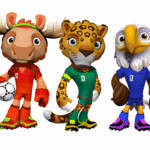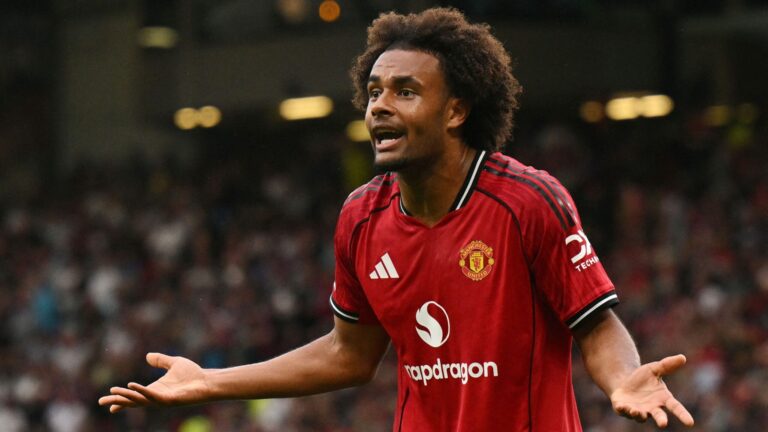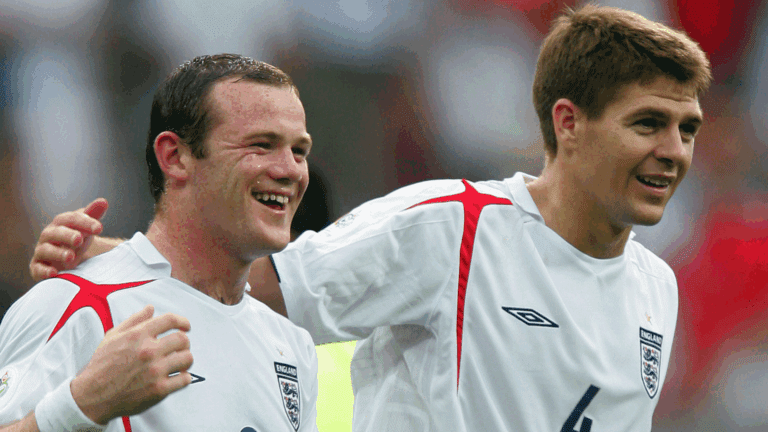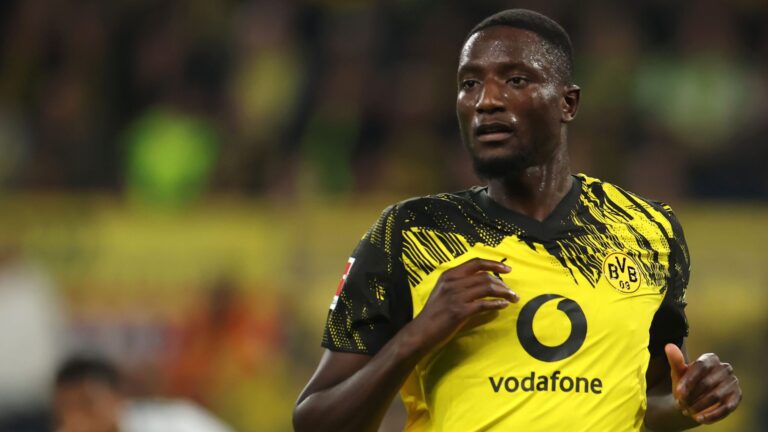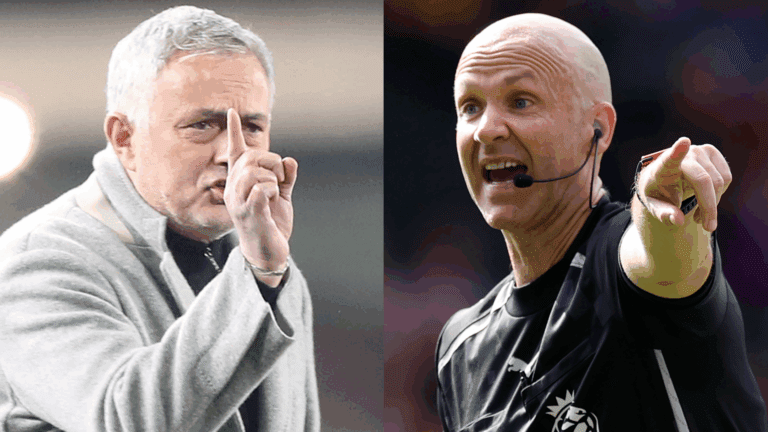Discover the Vibrant Mascots of the 2026 FIFA World Cup
Meet Maple, Zayu, and Clutch, the dynamic trio set to energize the historic 2026 FIFA World Cup across Canada, Mexico, and the United States. This groundbreaking event marks a shift from tradition, introducing three mascots that capture the essence of their host countries and the global excitement of soccer. As anticipation builds for this unprecedented tournament, these characters symbolize unity, cultural heritage, and the thrill of the game, drawing fans into a celebration that extends far beyond the pitches.



Introducing the 2026 FIFA World Cup Mascots and Their Cultural Ties
In this tri-nation spectacle, each mascot embodies the spirit of its country while reflecting key soccer positions. For instance, Maple the Moose from Canada acts as a steadfast goalkeeper, mirroring the nation’s vast landscapes and resilient spirit. Meanwhile, Zayu the Jaguar for Mexico takes on the role of a dynamic striker, inspired by the animal’s prominence in ancient Aztec traditions, which parallels the fierce energy of Mexican soccer culture. Completing the lineup, Clutch the Bald Eagle represents the U.S. as a unifying midfielder, emphasizing teamwork much like how midfielders orchestrate plays on the field, fostering a sense of collaboration among players.
The Significance of These Mascots in FIFA’s Vision
FIFA leaders have highlighted how these figures align with the tournament’s fundamental principles. Drawing from each nation’s geography and traditions, the mascots’ stories add depth to the event. As per recent updates, with over 20 million expected attendees and a 40% rise in global fan engagement from previous cups, these characters are poised to enhance the festive vibe.
Insights from FIFA Leadership on the Mascots’ Impact
FIFA President Gianni Infantino has shared his enthusiasm, noting that the mascots amplify the joy and unity at the heart of the FIFA World Cup. In his words, as reported on FIFA’s official site, “The 2026 team has expanded with even more excitement! Maple, Zayu, and Clutch embody pure enthusiasm, vitality, and the essence of unity, much like the tournament itself.”
Infantino further elaborated, envisioning these mascots as key elements in creating an unforgettable experience. They are expected to captivate audiences throughout North America and beyond, appearing on kid’s apparel, interacting with soccer icons, and even debuting in interactive media. This innovation underscores the tournament’s evolution, with projections showing that mascot-related merchandise could generate upwards of $150 million in revenue, based on current market trends.
Breaking New Ground with Mascots in Digital Entertainment
These mascots are making waves as the first in FIFA history to become interactive characters in video games. The upcoming game, FIFA Heroes, an arcade-style five-a-side soccer title, will debut in 2026 on platforms like Android, iOS, Nintendo Switch, PlayStation, and Xbox. Crafted by ENVER and Solace, it lets players assemble teams with the 2026 mascots alongside icons from past World Cups, offering a fresh way to experience the competition amid rising esports popularity, which has seen a 25% increase in participation globally.
Expanding the World Cup Through Multi-Platform Games
Beyond FIFA Heroes, the mascots will feature in FIFA Super League Soccer on Roblox, a collaboration with Gamefam. Players can embark on tailored missions that showcase each mascot’s on-field persona, earning exclusive rewards. This strategy broadens the tournament’s reach, transforming it into an immersive digital adventure and adapting to the surge in online gaming, where platforms like Roblox now boast over 100 million daily users for such events.
The 2026 FIFA World Cup Mascots Revealed
When FIFA announced the mascots for the 2026 World Cup, it was a big moment for soccer fans everywhere. Hosted across Canada, Mexico, and the United States, this tournament is set to be the first time three countries share the spotlight. The mascots-Maple the Moose for Canada, Zayu the Jaguar for Mexico, and Clutch the Bald Eagle for the United States-each bring a unique flavor that reflects their host nation’s culture and spirit. These 2026 World Cup mascots are more than just cute characters; they’re designed to engage fans, boost excitement, and promote the event on a global scale.
Let’s dive into what makes each of these mascots special and how they’re tied to their respective countries. From their designs to their backstories, these characters are packed with symbolism that soccer enthusiasts will love.
Maple the Moose: A Nod to Canadian Heritage
Maple the Moose embodies the rugged beauty and welcoming nature of Canada. As one of the key 2026 World Cup mascots, this friendly moose is dressed in a red and white soccer jersey, complete with a maple leaf emblem that instantly shouts “Canada!” Moose are iconic in Canadian folklore, symbolizing strength and endurance, which aligns perfectly with the country’s passion for soccer and outdoor adventures.
FIFA’s choice of Maple highlights Canada’s diverse landscapes, from the Rocky Mountains to the vast forests, where moose roam freely. Fans can expect Maple to appear in promotional materials, merchandise, and even at events across Canadian host cities like Toronto and Vancouver. If you’re a soccer fan planning a trip to Canada for the World Cup, spotting Maple could be a highlight-imagine snapping a selfie with this charismatic character at a pre-game fan zone.
Zayu the Jaguar: Celebrating Mexico’s Vibrant Culture
For Mexico, Zayu the Jaguar represents the fierce energy and rich biodiversity of the nation. This 2026 World Cup mascot is depicted as a speedy jaguar wearing a green jersey adorned with Aztec-inspired patterns, paying homage to Mexico’s ancient history and modern soccer prowess. Jaguars are sacred in Mexican mythology, often linked to power and agility, making Zayu an ideal symbol for the fast-paced world of FIFA tournaments.
Zayu’s design incorporates elements like colorful feathers and traditional motifs, which tie into Mexico’s lively festivals and passionate fan culture. Cities like Mexico City and Guadalajara will likely feature Zayu in local celebrations, helping to unite communities around the 2026 FIFA World Cup. If you’re interested in how mascots like Zayu enhance the cultural experience, they often lead to increased tourism and merchandise sales, as fans flock to buy Zayu-themed souvenirs.
Clutch the Bald Eagle: Embodying American Spirit
Representing the United States, Clutch the Bald Eagle is all about freedom, determination, and the American dream. This 2026 World Cup mascot sports a blue and white outfit with stars and stripes, mirroring the U.S. flag while holding a soccer ball in its talons. As a national symbol, the bald eagle perfectly captures the competitive edge of American soccer, especially with host cities like Los Angeles and New York buzzing with excitement.
Clutch’s backstory emphasizes teamwork and resilience, qualities that resonate with U.S. athletes and fans alike. During the tournament, Clutch could star in interactive events, such as eagle-themed soccer drills for kids, making the 2026 FIFA World Cup even more family-friendly. These mascots not only hype up the games but also encourage younger audiences to get involved in soccer.
Why 2026 World Cup Mascots Matter
Mascots have been a staple of the FIFA World Cup since 1966, and the 2026 editions are no exception. They play a crucial role in building brand identity and fostering a sense of unity among diverse fan bases. For the 2026 World Cup, mascots like Maple the Moose, Zayu the Jaguar, and Clutch the Bald Eagle help bridge cultural gaps, making the event feel inclusive and exciting for international audiences.
One key aspect is how these characters promote the host nations’ values. For instance, Maple highlights Canada’s environmental commitment, Zayu showcases Mexico’s biodiversity, and Clutch represents the U.S.’s innovative spirit. This not only adds depth to the tournament but also educates fans about the hosting countries.
Benefits of the 2026 World Cup Mascots
The introduction of these mascots brings several benefits to both organizers and fans. First, they boost engagement through social media campaigns, where users share photos and stories, increasing visibility for the 2026 FIFA World Cup. Merchandise featuring Maple, Zayu, or Clutch can generate revenue, supporting local economies in Canada, Mexico, and the United States.
Additionally, mascots enhance fan experiences. They often appear at stadiums, creating memorable moments for attendees. For example, interactive apps might let fans “meet” the mascots virtually, adding a fun layer to watching games. From a marketing standpoint, these characters help attract sponsors, as seen in past World Cups, leading to broader global reach.
Practical Tips for Engaging with the Mascots
If you’re gearing up for the 2026 World Cup, here are some practical tips to make the most of these mascots:
- Follow Official Channels: Keep an eye on FIFA’s social media for updates on Maple, Zayu, and Clutch. Look for live appearances or virtual events to stay connected.
- Collect Merchandise: Grab items like keychains or apparel featuring your favorite 2026 World Cup mascot. This not only shows support but also makes for great souvenirs.
- Plan Fan Activities: If traveling, check for mascot-led events in host cities. For instance, join a Maple the Moose scavenger hunt in Canada or a Zayu parade in Mexico.
- Share Your Experience: Use hashtags like #2026WorldCupMascots to post about your interactions. This could even win you prizes from official promotions.
- Involve the Family: Use the mascots to introduce kids to soccer-try playing games inspired by Clutch the Bald Eagle to build excitement.
Engaging with these elements can make your World Cup experience more immersive and enjoyable.
Case Studies from Previous FIFA World Cups
Looking at past tournaments provides insight into how mascots like those for 2026 can succeed. Take the 2014 World Cup in Brazil, where Fuleco the Armadillo became a hit. Not only did Fuleco raise awareness about endangered species, but it also drove merchandise sales upwards of $50 million, according to FIFA reports. Similarly, for the 2010 World Cup in South Africa, Zakumi the Leopard helped promote unity and cultural exchange, with fans from around the world adopting the character as a symbol of the event.
For the 2026 World Cup, we might see similar outcomes with Maple, Zayu, and Clutch. Early indicators suggest these mascots could inspire conservation efforts-Zayu, for example, might highlight jaguar protection in Mexico. By studying these case studies, FIFA can refine strategies to maximize the impact of 2026 World Cup mascots, ensuring they resonate with fans and leave a lasting legacy.
First-hand accounts from past events show how mascots create emotional connections. A fan from the 2018 World Cup shared how Zabivaka the Wolf in Russia turned their trip into a family tradition, much like how Clutch the Bald Eagle could for U.S. attendees in 2026. These stories underscore the enduring appeal of well-crafted mascots in the FIFA World Cup landscape.

